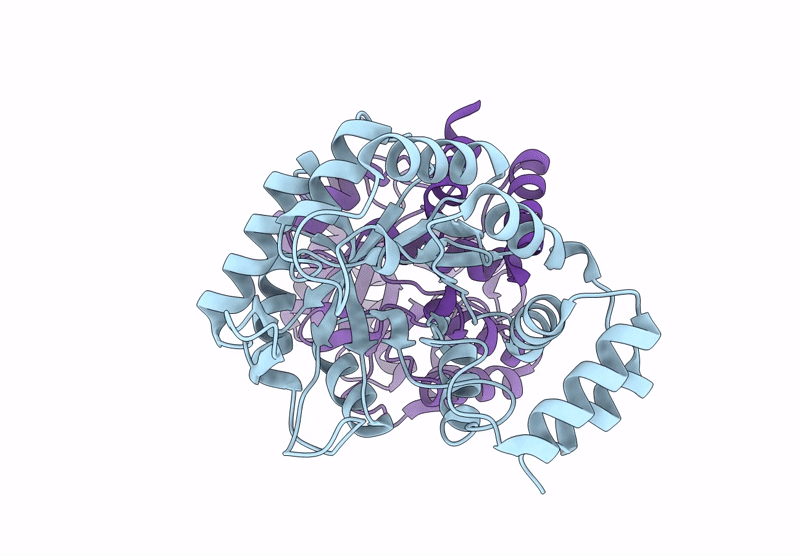
Deposition Date
2023-07-05
Release Date
2024-12-18
Last Version Date
2025-07-02
Method Details:
Experimental Method:
Resolution:
2.20 Å
R-Value Free:
0.24
R-Value Work:
0.17
R-Value Observed:
0.18
Space Group:
P 1 21 1


